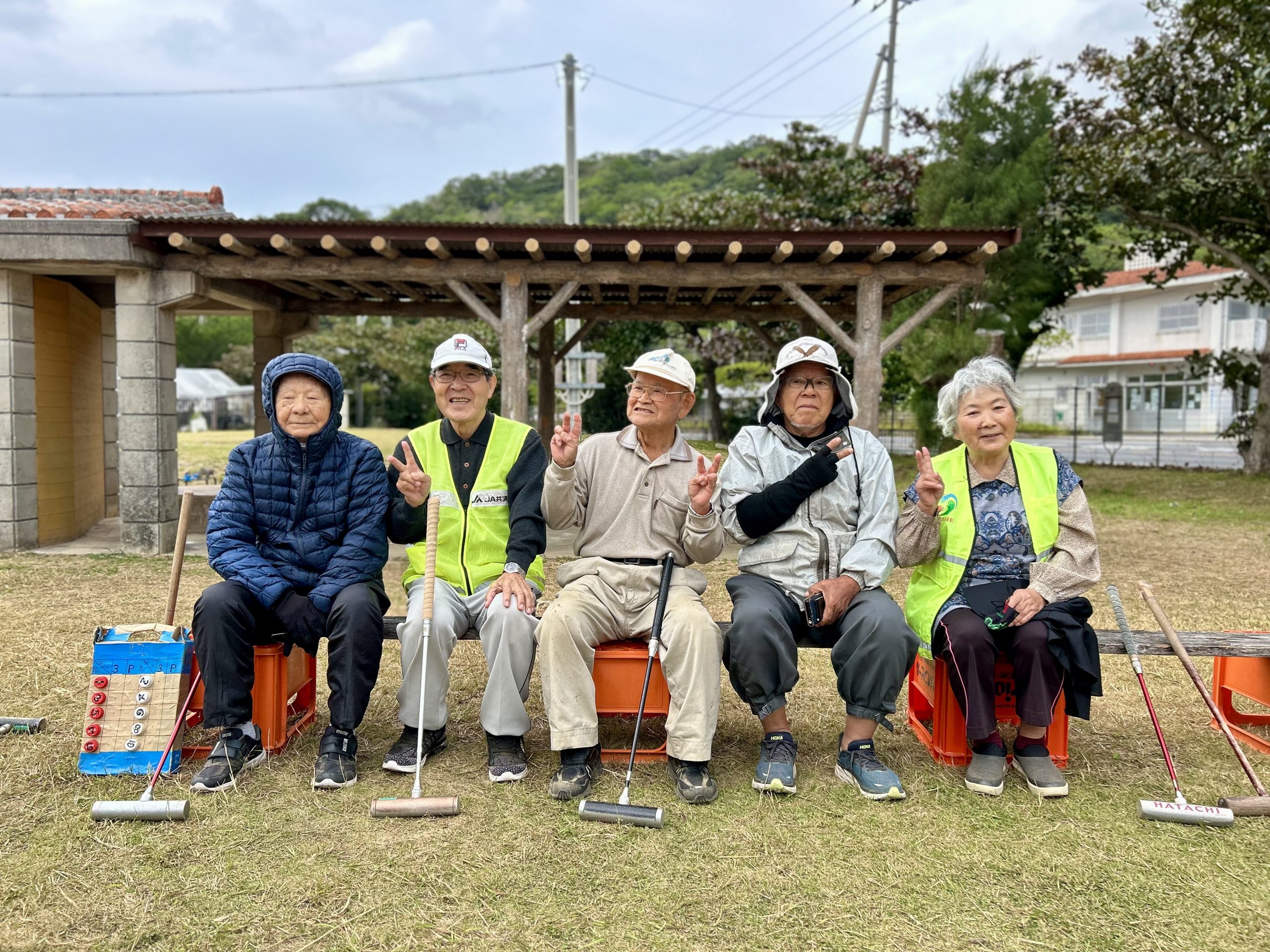All photos by Edoardo Liotta for RICE Media.
Two days into my trip to Okinawa, we switched up our itinerary from the usual beaches and markets for a location more off the beaten path.
After an early breakfast—where we had onigiris and egg sandwiches under the crisp December air—we set off on a bus to the north of the island, on a drive that takes about an hour from where we are.
As we inch closer to our destination, I notice the traditional wood houses dispersed beneath banyan trees and the sprawling farmland that accompanies quaint restaurants and homes. Within the lush beauty of Okinawa’s subtropical hills lies the village of Ogimi. Once we reach our destination, we find a quiet refuge where time suddenly slows down.
Here, elderly villagers defy the usual expectations of ageing, moving through life with an agility that’s surprising. Featured recently in Netflix’s Live to 100: Secrets of the Blue Zones, Ogimi village has a higher-than-usual concentration of elderly people who live past the age of 100 in good conditions.
But the secret to their long lives isn’t just luck; it’s a blend of old customs, healthy eating, and strong community bonds.
1:00 PM: Lunch at Emi no Mise
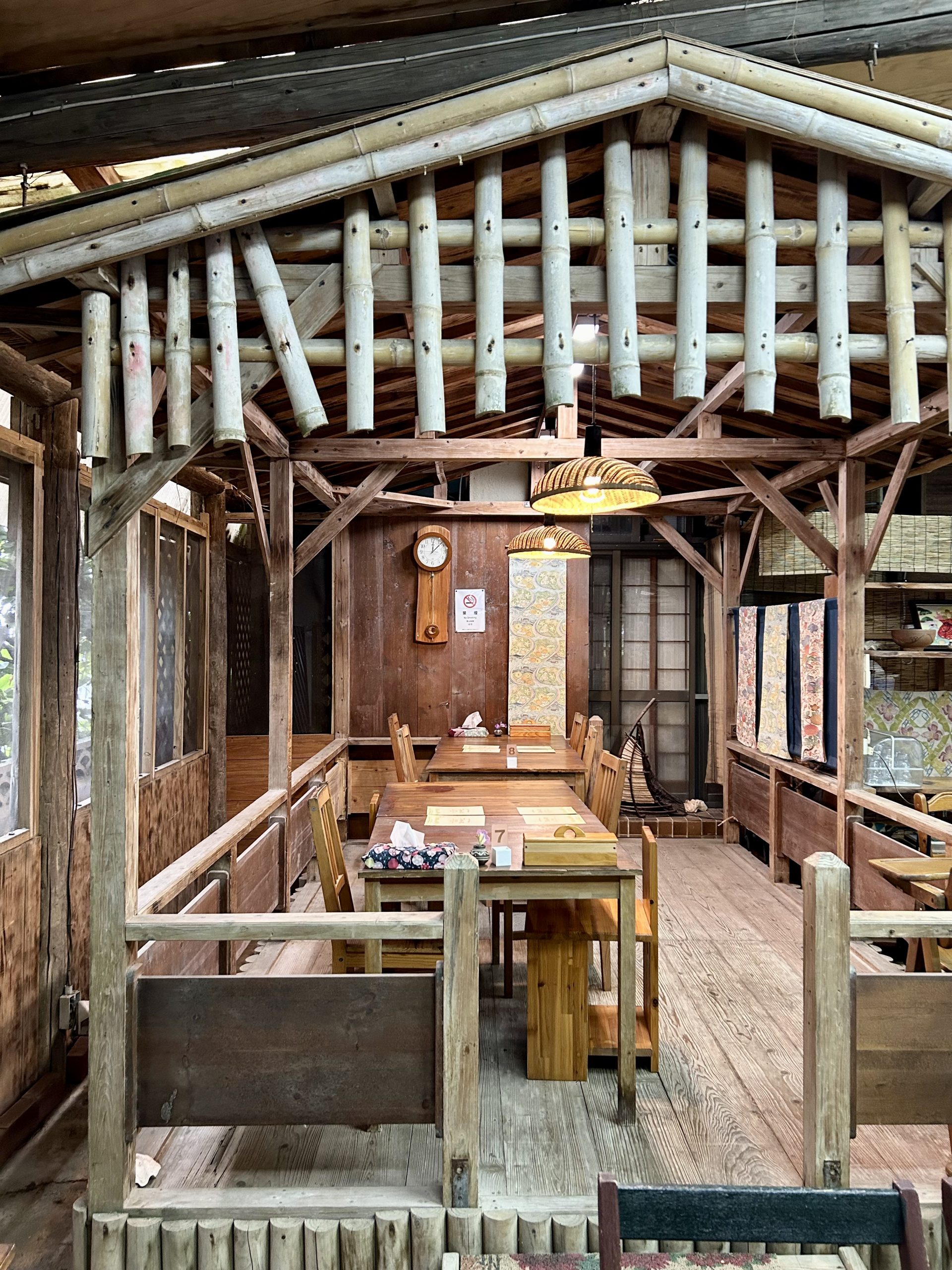

Our first stop in Ogimi is a hidden culinary gem known as Emi no Mise (literally Emi’s Shop). Built from wood and nestled between dense foliage, this unassuming restaurant is a portal to not only the heritage of this island but also a deeper understanding of how the elderly here achieve their health.
Emi, the shop’s namesake, has become renowned for making her signature ‘longevity meal.’ She cooks everything herself and gets all the fruits and vegetables she uses in the meals from her farm, which sits just across the restaurant.
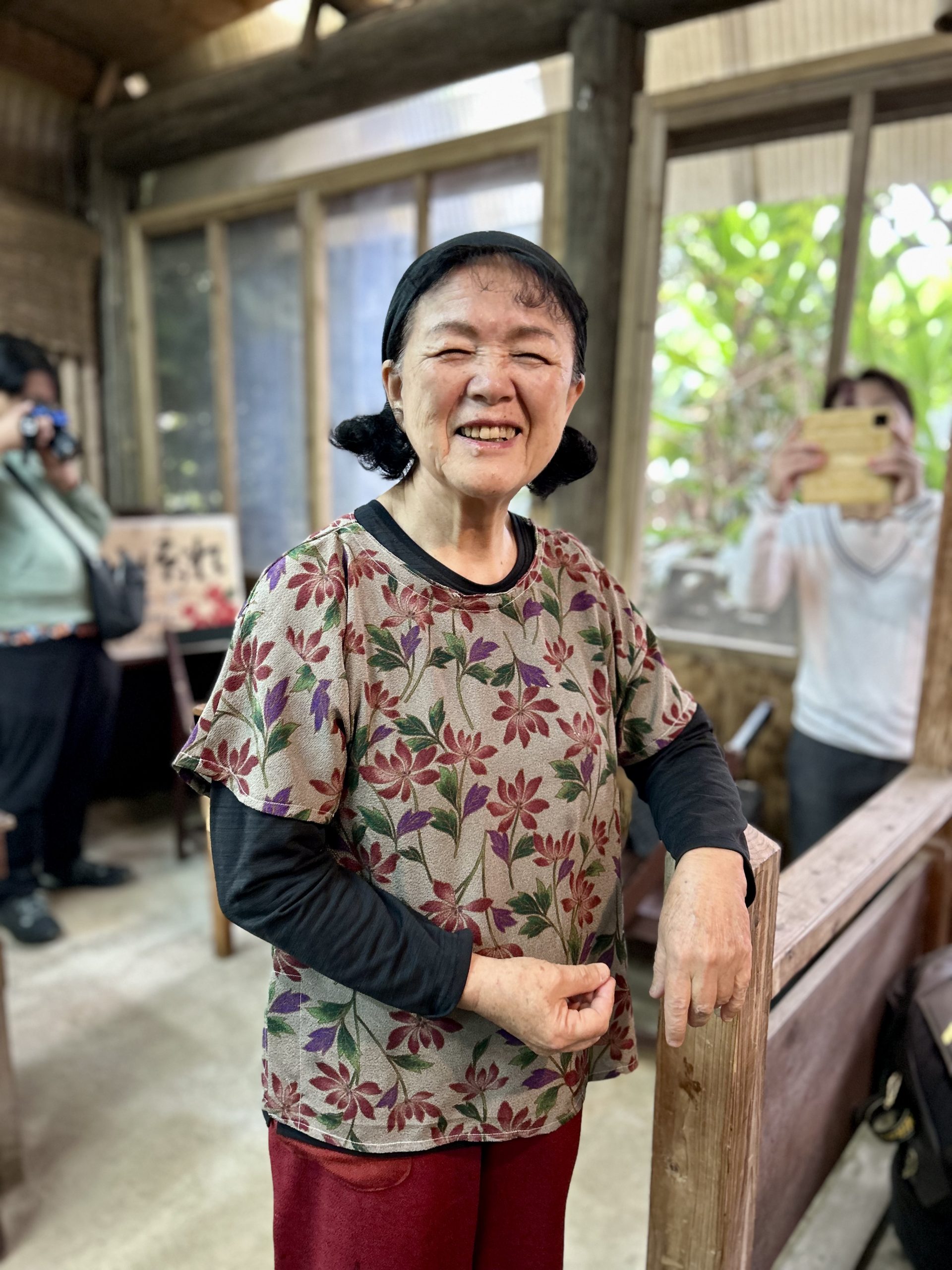
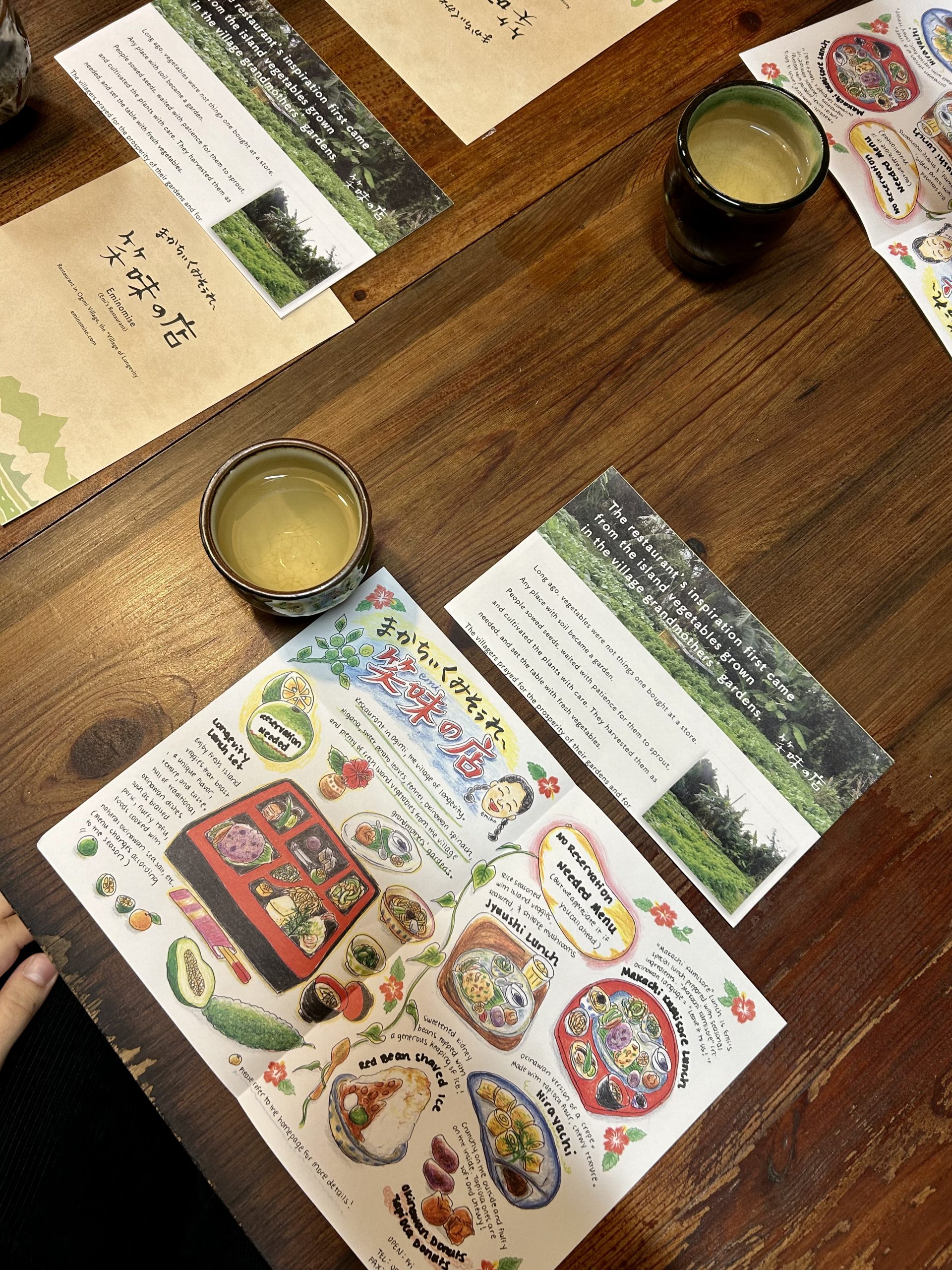
There are different versions of the longevity meal. The plate I have features cold noodles, bitter gourd with eggs, tofu, sweet potato miso soup, and more. The dessert plate has homemade yoghurt, citrus jelly, an Okinawa doughnut, and the island’s native shikuwasa citrus, which loosely resembles an orange.
What is striking about the longevity diet is how vegetable-heavy it is—some plates are served with a simple piece of fish, just slightly bigger than an anchovy, and a little cube of pork. Instead, the tray is a lot heavier on legumes, fermented vegetables, beans, tofu, and starchy vegetables like purple sweet potatoes.

Green and entirely organic, the food we try at Emi no Mise encapsulates the dietary secrets that have contributed to the robust health and vitality of Okinawa’s elders for generations.
3:00 PM: Gardening with Seniors
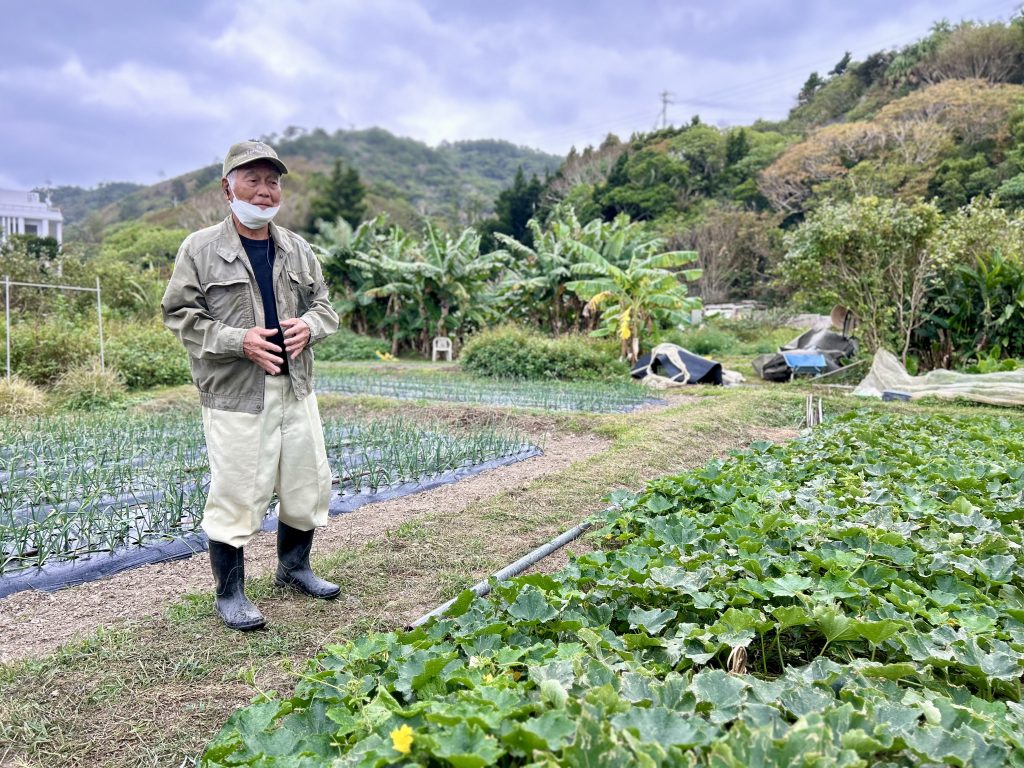
After lunch, we drive a couple of minutes to a discontinued elementary school, which has since turned into a community centre. Here, elderly people from Ogimi meet up for activities organised by the local government on a regular basis. Instead of going inside, we slowly pace to the side of the school where various plots of land slowly absorb the light rain that has started falling.
Our tour guide brings us to an elderly man who is busy gardening a melon plant. He stops to greet us and then starts sharing about his life.
“I eat everything from the garden; that is my policy,” he states. He continues to explain how in summer, when it’s too hot for some plants to grow, he will even eat stems and other parts of vegetables that are not usually prepared as food. “And we also use every part of a pig but his hair and oink,” he continues with a giggle. “Yes, we eat their toes too.”
“So what is the secret to longevity, in your opinion?” I ask him.
“Having fun every day,” he chuckles; his laughter, infectious and free-spirited, encapsulates the essence of a life well-lived in Ogimi.
To him, the elixir of longevity lies not just in sustenance but in the pursuit of joy. He proudly pulls out a notebook filled with photographs of his artistic creations made with vegetable parts. This is just one way he stays entertained. On many days, children from the village join him while he gardens, and he will prepare games for them using the crops of the season.

As we bid farewell, he leaves me with a parting gift, a local phrase that echoes with camaraderie and transcends language: “bye-onara.”
As we return to the school and wait for our bus to our next destination, we get a moment to speak with Fumimaru Osaki, the Director of Ogimi’s tourism board. He tells us how his team works hard to create a symbiotic relationship between the elders of the village and the curious visitors seeking the secrets of longevity.
Osaki passionately strives to foster connections that transcend cultural gaps between the local elderly and tourists. Through the exchanges, he hopes visitors learn that the pursuit of a longer life is not a deliberate endeavour; it’s an organic consequence of a lifestyle in balance with nature, epitomized by the village’s commitment to organic living and the embrace of gardening and farming. By bringing visitors to the local elderly, he also helps keep them active and social.
While these plans are being executed excellently, Osaki shares a worrying truth—the encroachment of modernity is threatening the delicate balance between humans and nature in Ogimi. In essence, as convenience becomes a priority nationwide, the life expectancy of locals is starting to drop.
Despite there now being cars and convenience stores, Ogimi, which is still largely rural, continues to be a place that is largely centred around nature.
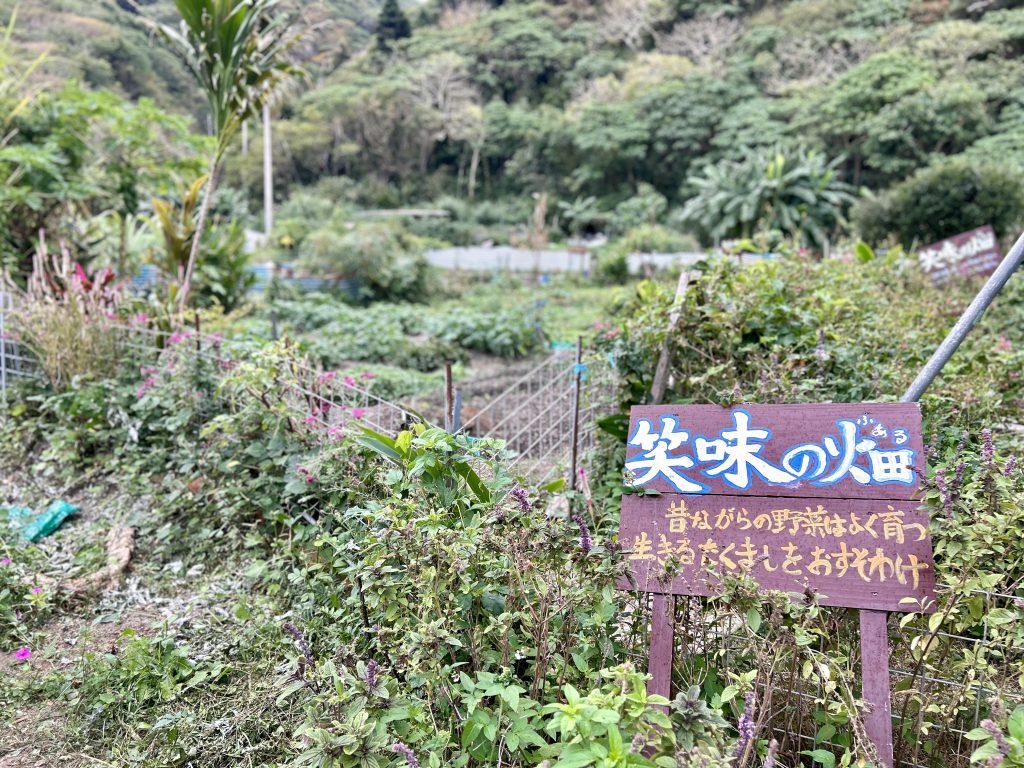
Osaki, having left the city in mainland Japan for Ogimi, can’t imagine going back. Like many others, he found something profound in living with nature. To him, the quality of life in Okinawa can’t be matched.
Quality of life is what matters more to the local government here than age in itself, he explains. When we ask what the age of the oldest person to live in Ogimi is, he says that “the person who lived the longest outside a nursing home lived to 103.”
“It’s ok to go to a nursing home, but the aim isn’t to just live long at all costs,” he continues.
5:00 pm: Gate Ball
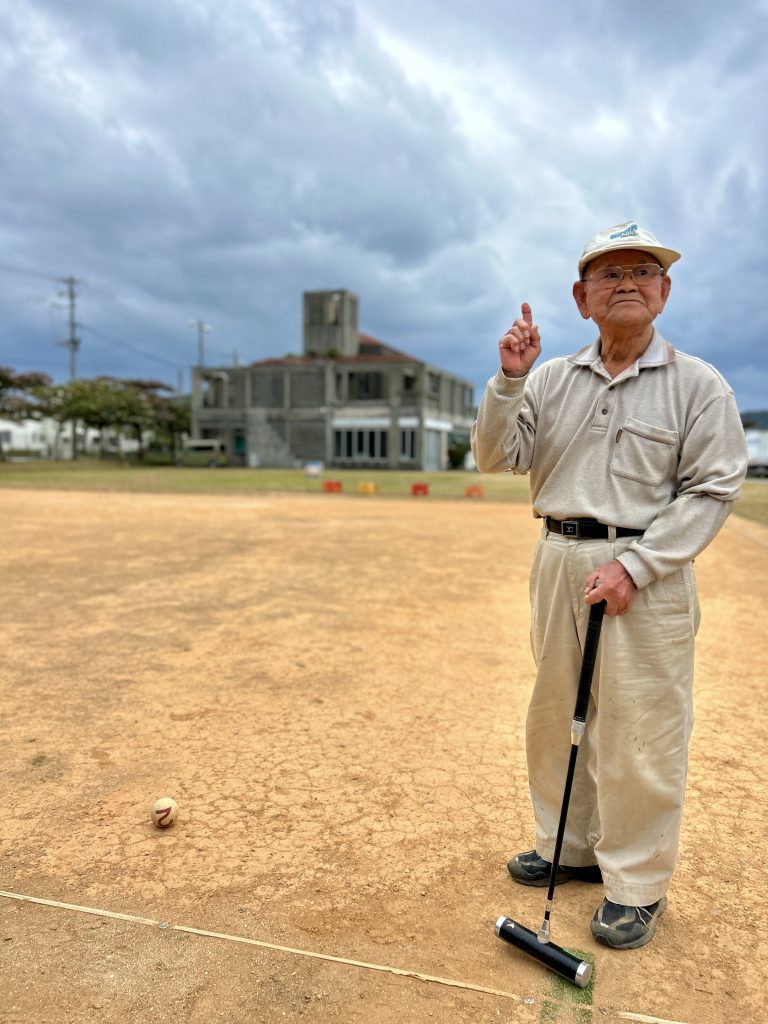
Amid the serene and tranquil air, the game of gate ball emerges as a testament to the vitality and camaraderie that define the elderly here.
Played with a mix of strategic finesse and joyous energy, gate ball holds a special place in the hearts of the Okinawan elders who are eager to share their ways.
They demonstrate the game, showing us how participants engage in friendly competition, wielding mallets with precision to guide coloured balls through numbered gates. This leisurely sport not only fosters physical activity—it also acts as a social glue, bringing neighbours together to stay active through engaging matches together.
This sport is a powerful reminder of the significance of social bonds in Okinawa’s recipe for longevity.
In many cultures, it is believed that the elderly are fragile and should stay home, protected from the elements. But in this village, it’s the opposite. Whether gardening in the fields, playing with kids, or during a match of the game ball, the elderly are out there living as vicariously as they ever did.

